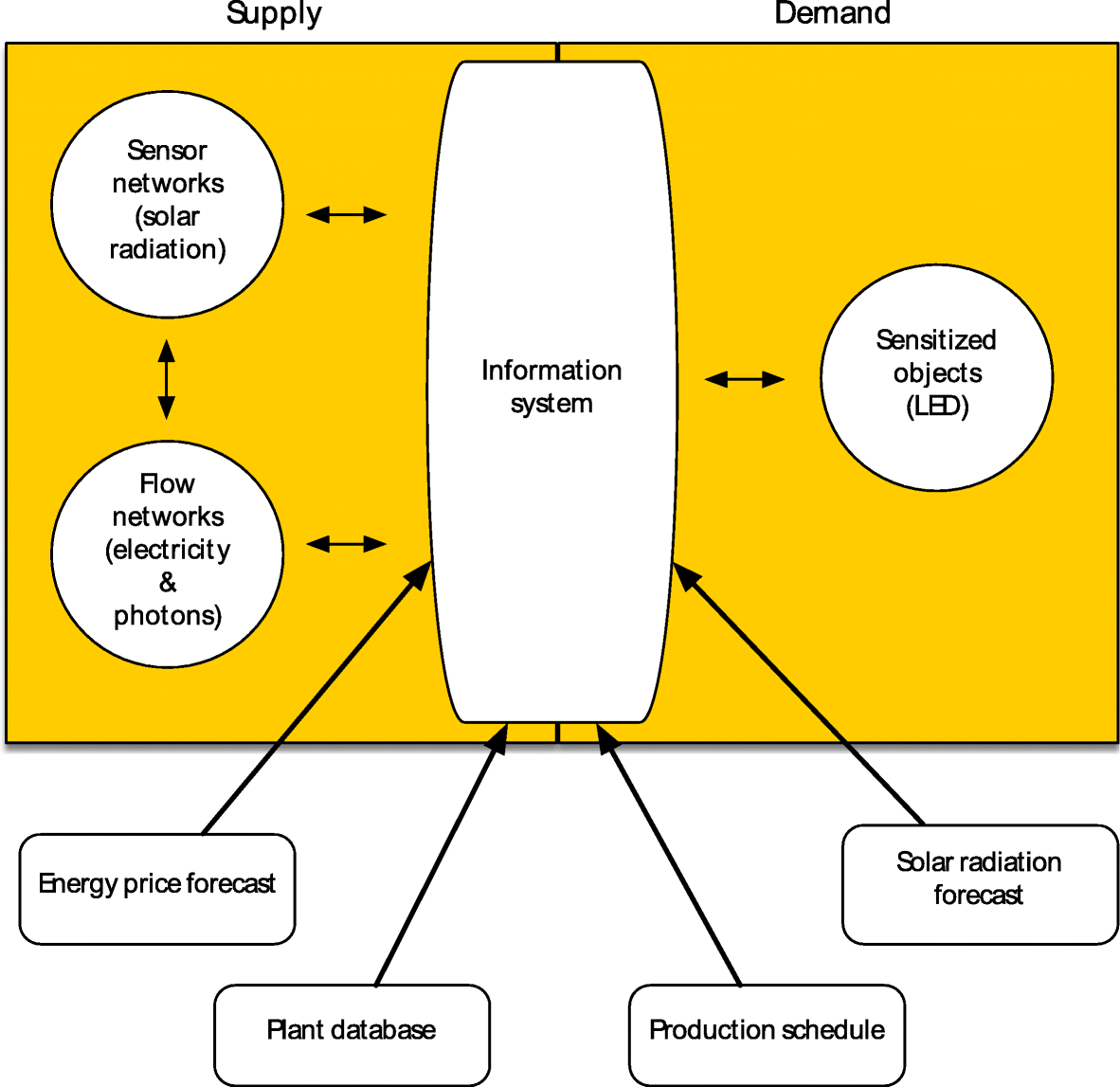Difference between revisions of "Template:Article of the week"
Shawndouglas (talk | contribs) (Updated article of the week text) |
Shawndouglas (talk | contribs) (Updated article of the week text) |
||
| Line 1: | Line 1: | ||
<div style="float: left; margin: 0.5em 0.9em 0.4em 0em;">[[File:Fig2 | <div style="float: left; margin: 0.5em 0.9em 0.4em 0em;">[[File:Fig2 Watson EnergyInfo2018 1-1.png|240px]]</div> | ||
'''"[[Journal: | '''"[[Journal:Simulation of greenhouse energy use: An application of energy informatics|Simulation of greenhouse energy use: An application of energy informatics]]"''' | ||
Greenhouse agriculture is a highly efficient method of food production that can greatly benefit from supplemental electric lighting. The needed electricity associated with greenhouse lighting amounts to about 30% of its operating costs. As the light level of LED lighting can be easily controlled, it offers the potential to reduce energy costs by precisely matching the amount of supplemental light provided to current weather conditions and a crop’s light needs. Three simulations of LED lighting for growing lettuce in the Southeast U.S. using historical solar radiation data for the area were conducted. Lighting costs can be potentially reduced by approximately 60%. ('''[[Journal:Simulation of greenhouse energy use: An application of energy informatics|Full article...]]''')<br /> | |||
<br /> | <br /> | ||
''Recently featured'': | ''Recently featured'': | ||
: ▪ [[Journal:Learning health systems need to bridge the "two cultures" of clinical informatics and data science|Learning health systems need to bridge the "two cultures" of clinical informatics and data science]] | |||
: ▪ [[Journal:The problem with dates: Applying ISO 8601 to research data management|The problem with dates: Applying ISO 8601 to research data management]] | : ▪ [[Journal:The problem with dates: Applying ISO 8601 to research data management|The problem with dates: Applying ISO 8601 to research data management]] | ||
: ▪ [[Journal:Health sciences libraries advancing collaborative clinical research data management in universities|Health sciences libraries advancing collaborative clinical research data management in universities]] | : ▪ [[Journal:Health sciences libraries advancing collaborative clinical research data management in universities|Health sciences libraries advancing collaborative clinical research data management in universities]] | ||
Revision as of 17:56, 4 February 2019
"Simulation of greenhouse energy use: An application of energy informatics"
Greenhouse agriculture is a highly efficient method of food production that can greatly benefit from supplemental electric lighting. The needed electricity associated with greenhouse lighting amounts to about 30% of its operating costs. As the light level of LED lighting can be easily controlled, it offers the potential to reduce energy costs by precisely matching the amount of supplemental light provided to current weather conditions and a crop’s light needs. Three simulations of LED lighting for growing lettuce in the Southeast U.S. using historical solar radiation data for the area were conducted. Lighting costs can be potentially reduced by approximately 60%. (Full article...)
Recently featured:










